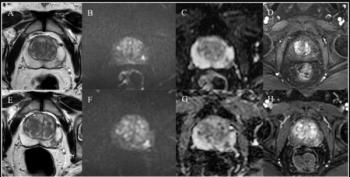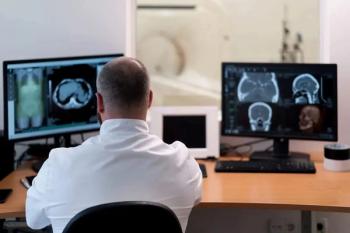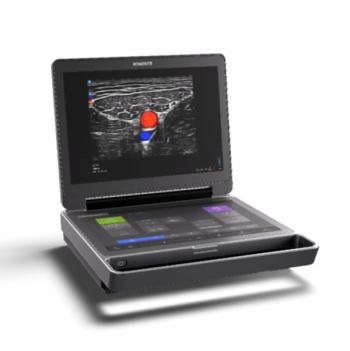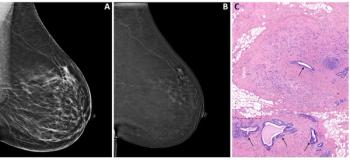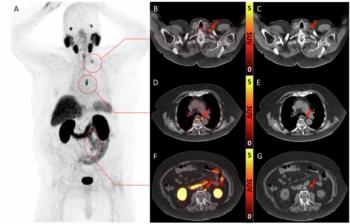
Facility rolls out five PACS in one year
Sentara Healthcare is a keen proponent of the Big Bang theory of PACS implementation. The Norfolk, VA, system successfully rolled out PACS, RIS, and voice recognition in five of its hospitals in one year. A paper presented at the May meeting of the
Sentara Healthcare is a keen proponent of the Big Bang theory of PACS implementation. The Norfolk, VA, system successfully rolled out PACS, RIS, and voice recognition in five of its hospitals in one year.
A paper presented at the May meeting of the Society for Computer Applications in Radiology documented the challenge and achievement.
As a result of the swift conversion to a digital environment, first available appointment waiting times have been reduced from 12 days to one or two days, and end-of-exam to results-send time has dropped from 22 hours to less than six hours, according to Jude Mosley, a Sentara radiology technician.
Sentara was motivated to make the accelerated move when widespread clinician dissatisfaction with appointment availability and report turnaround time surfaced in 2001. The facility hired a consulting firm to perform a detailed report turnaround study, and the results indicated that Sentara needed to invest in PACS to be competitive with freestanding imaging centers.
Sentara's response to the report was swift and aggressive. Once approval for PACS, RIS, and VR purchase for all hospitals was received, RIS and VR contracts were signed in fall 2001. PACS contracts were signed in summer 2002. PACS rollout was scheduled for fall 2003.
The initial plan was to stagger implementation at each site, with RIS and VR first followed by PACS, starting with the largest hospital. This scheme was scraped once the RIS build began to experience delays.
"It was then decided to install all three technologies simultaneously," Mosley said.
Project management evolved into a collaboration between IT and clinical departments, with IT managers and the radiology director reporting monthly to a PACS steering committee. Four PACS site coordinator positions, residing in the radiology departments, were created to initially support the enterprise-wide implementation. The department then added a PACS administrator to the IT staff.
As a result of the sweeping changes, customer satisfaction is up in all groups: patients, referring physicians, technologists, and radiologists. Mosley has learned, however, that fast is never fast enough in the delivery of images.
Newsletter
Stay at the forefront of radiology with the Diagnostic Imaging newsletter, delivering the latest news, clinical insights, and imaging advancements for today’s radiologists.

